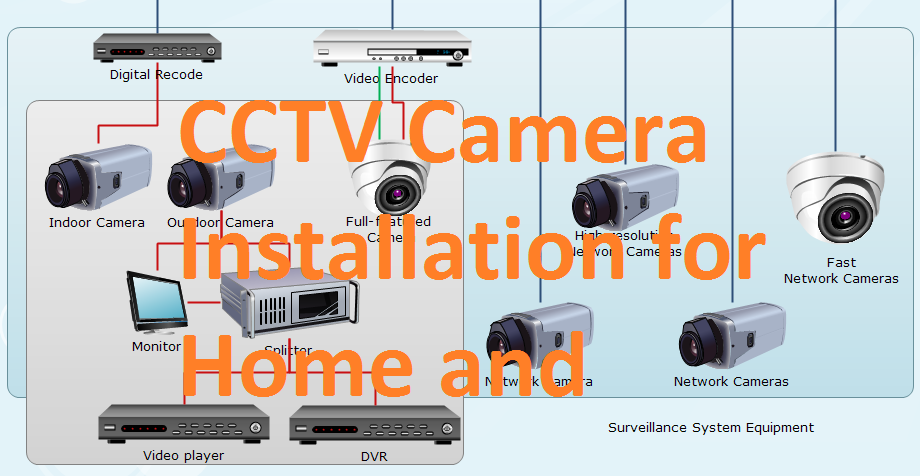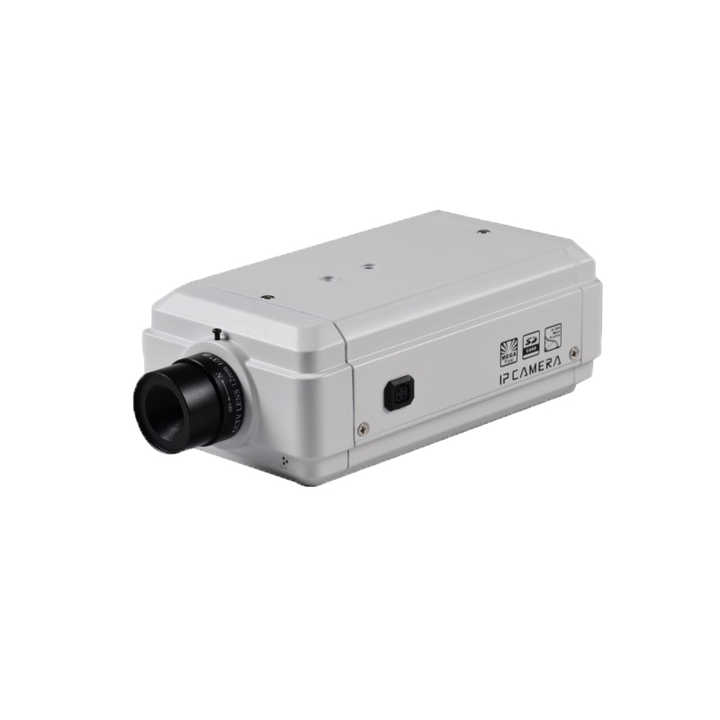Why to Improve Surveillance with CCTV Fiber Integration in Your Monitoring Setup
Why to Improve Surveillance with CCTV Fiber Integration in Your Monitoring Setup
Blog Article
Just How CCTV Cameras With Fiber Optic Result Enhance Long-Distance Tracking
CCTV cams equipped with fiber optic output represent a substantial advancement in long-distance surveillance technology, using unparalleled advantages over conventional systems. By leveraging the homes of light transmission with fiber optics, these electronic cameras ensure high-definition video quality remains intact across comprehensive distances while efficiently mitigating electromagnetic interference. This innovation not only enhances image clarity but additionally simplifies installment procedures and source allowance. As we explore the implications of this technology, one must take into consideration just how these innovations are improving the landscape of safety and tracking systems in various applications.

Understanding Fiber Optic Innovation
Fiber optic innovation is significantly made use of in long-distance surveillance applications as a result of its phenomenal ability for data transmission. This technology employs slim hairs of glass or plastic fibers to transfer data as light signals, significantly lowering the depletion typically connected with traditional copper wires. The intrinsic residential or commercial properties of fiber optics permit for the transmission of large quantities of information over significant distances without loss of top quality, making it a suitable option for applications requiring trusted interaction.
The principle of overall internal representation facilitates the effective transmission of light within the fiber, ensuring high transmission capacity and speed. Unlike electric signals in metal wires, fiber optics are unsusceptible to electromagnetic disturbance, improving the honesty of data transmission. This particular is especially beneficial in atmospheres with high degrees of electrical sound, such as industrial setups or city areas.
In addition, fiber optic wires are lighter and a lot more flexible than their copper counterparts, which streamlines installation and minimizes structural tons. With their resilience and resistance to ecological factors, fiber optics are fit for outdoor applications, thus extending the reach of monitoring systems. As a result, fiber optic modern technology is becoming a foundation in contemporary security services, successfully addressing the challenges of long-distance tracking.
Advantages of Fiber Optic CCTV
Making use of fiber optic technology in CCTV systems supplies countless benefits that improve surveillance abilities. Among the key advantages is the capacity to transfer high-def video clip over cross countries without considerable signal degradation. Unlike standard copper cords, optical fiber can keep video clip top quality over extensive runs, making them perfect for big properties or remote monitoring locations.
Additionally, fiber optic cables are less at risk to electro-magnetic disturbance, which can misshape signals in standard systems. This makes sure more clear pictures and continuous service, crucial for security monitoring. Additionally, fiber optics are naturally extra safe, as obstructing signals needs specialized equipment, hence supplying an additional layer of security against unapproved gain access to.
The lightweight and portable nature of fiber optic cables likewise simplifies installment, making it possible for simpler routing via tight rooms and minimizing overall labor prices. Their toughness makes them resistant to ecological aspects such as wetness and temperature level changes, extending the life expectancy of the surveillance system.
Last but not least, fiber optic systems can support a better number of video cameras on a solitary network, enhancing sources and providing scalability for future development. These benefits make fiber optic CCTV systems a premium option for contemporary security requirements.
Contrast With Conventional Equipments
When comparing CCTV systems, standard arrangements commonly drop short in a number of key areas, specifically in regards to distance and signal stability. Standard coax systems commonly face considerable signal destruction over long distances, restricting reliable monitoring ranges to roughly 300 feet (cctv fibre optic cable). Yet limit, picture clearness diminishes, bring about prospective blind areas and reduced monitoring efficiency
On the other hand, fiber optic systems preserve signal stability over much greater distances, usually exceeding several miles without loss of quality. This is mostly because of their capability to send information as light signals, which are much less prone to electro-magnetic disturbance than electric signals made use of in traditional systems.
Additionally, traditional systems require much more substantial maintenance and troubleshooting because of their vulnerability to environmental variables such as moisture and electro-magnetic sound. Fiber optic systems, conversely, deal improved longevity and reduced upkeep expenses, as they are less prone to damage.
Applications in Long-Distance Monitoring
The benefits of modern-day CCTV systems in keeping signal stability over long distances open a vast array of applications for long-distance tracking. One considerable application is in urban security, where communities release fiber optic CCTV systems to check public rooms, improving safety and deterring criminal task. These systems supply continuous, top find more info quality video clip feeds that are critical for efficient law enforcement and emergency situation action.
One more vital application is in commercial settings, where remote monitoring of making processes and unsafe areas is important. Fiber optic CCTV can hold up against extreme environments and send data over cross countries without loss of high quality, enabling real-time oversight and reducing risks to employees.
Additionally, important infrastructure such as flight terminals, trains, and pipelines gain from long-distance CCTV surveillance. Security teams can look after large areas from centralized control areas, ensuring rapid action to any kind of incidents.
Furthermore, in farming setups, farmers make use of long-distance CCTV to monitor crops and livestock, assisting to boost performance and security. Overall, the flexibility and dependability of fiber optic CCTV systems make them crucial throughout various industries, allowing detailed monitoring options customized to details demands.
Future Trends in Surveillance Technology
How will developments in innovation reshape the landscape of monitoring? The future of monitoring innovation is positioned for considerable makeover, driven by innovations such as expert system (AI), equipment discovering, and side computing. These innovations enable real-time data analysis, permitting quick recognition of prospective risks and enhanced situational recognition.
AI-powered analytics will certainly enhance the accuracy of face acknowledgment systems, minimizing false positives and enabling much more effective monitoring of individuals. The combination of Net of Things (IoT) tools will assist in a seamless network of interconnected surveillance systems, boosting tracking capabilities throughout large locations.
Another fad is the shift in the direction of cloud-based storage space solutions, which supply scalable data monitoring and availability. This will permit organizations to save large quantities of video information without the limitations of physical storage, while ensuring that info is easily retrievable.

Verdict
To conclude, CCTV cameras outfitted with fiber optic outcome stand for a significant innovation in long-distance monitoring abilities. visit homepage The usage of fiber optic modern technology guarantees high-def video clip transmission over comprehensive ranges without quality deterioration, while additionally providing immunity to electro-magnetic disturbance. The lightweight and versatile nature of these systems promotes streamlined setup and source optimization. As security technology remains to progress, the fostering of fiber optic solutions will likely play a critical function in boosting security across varied applications.
Report this page